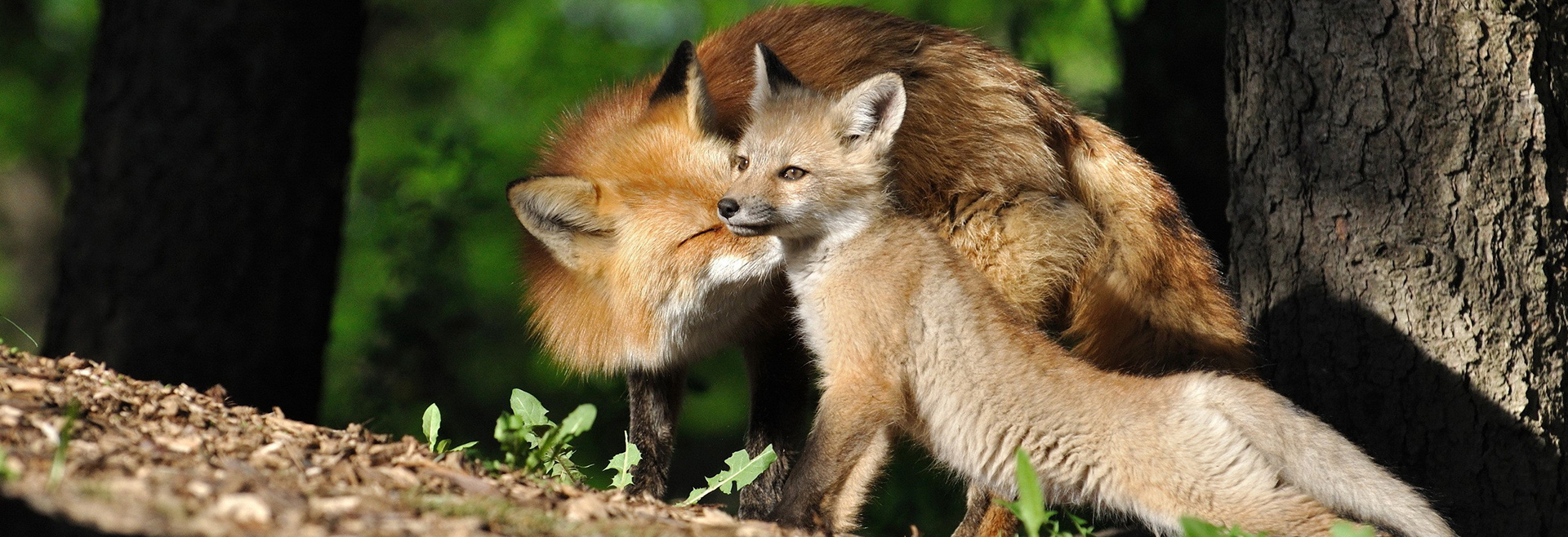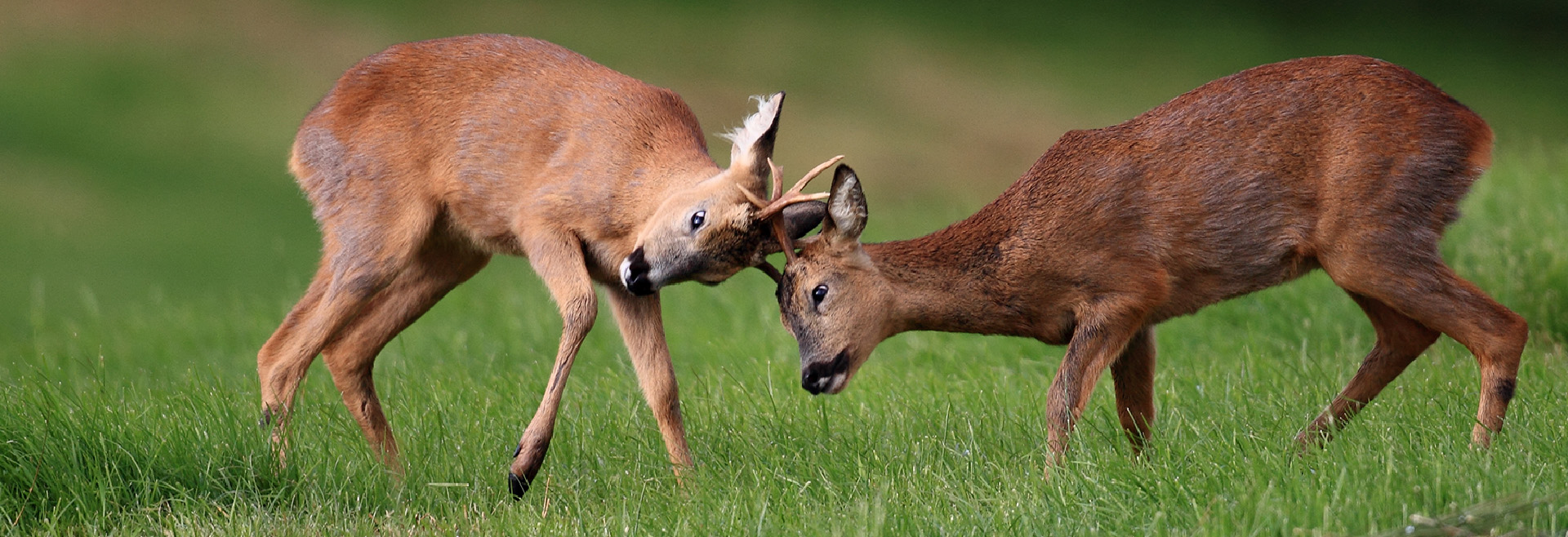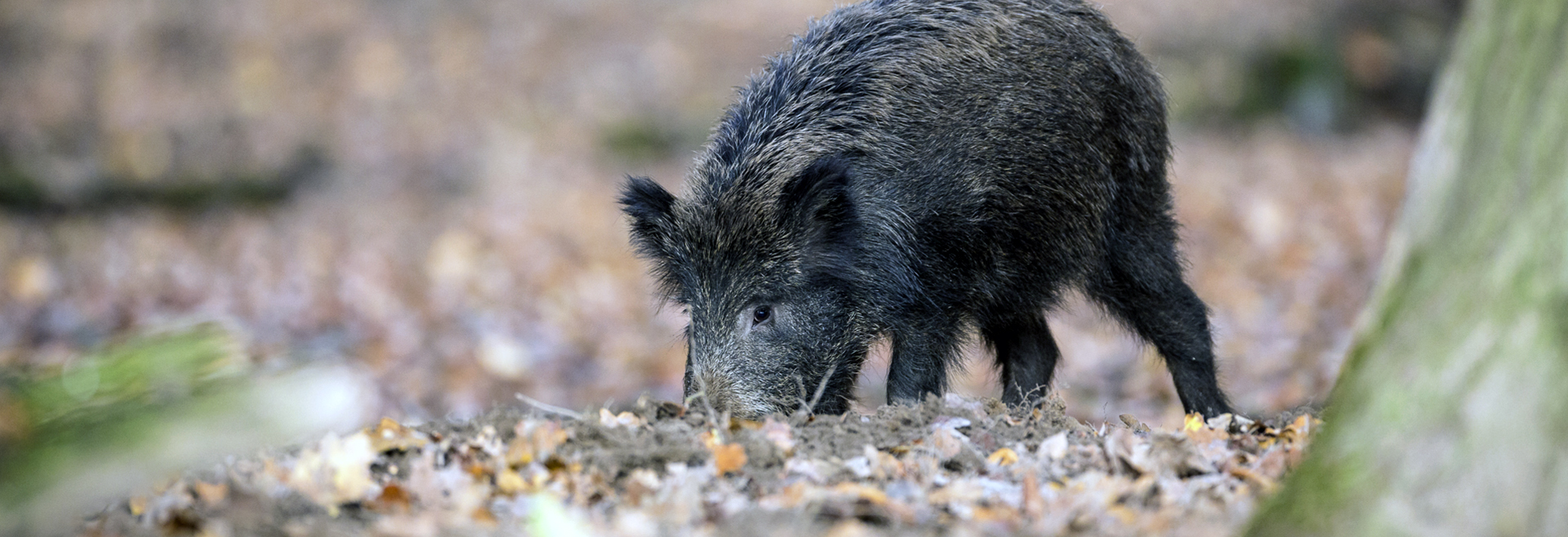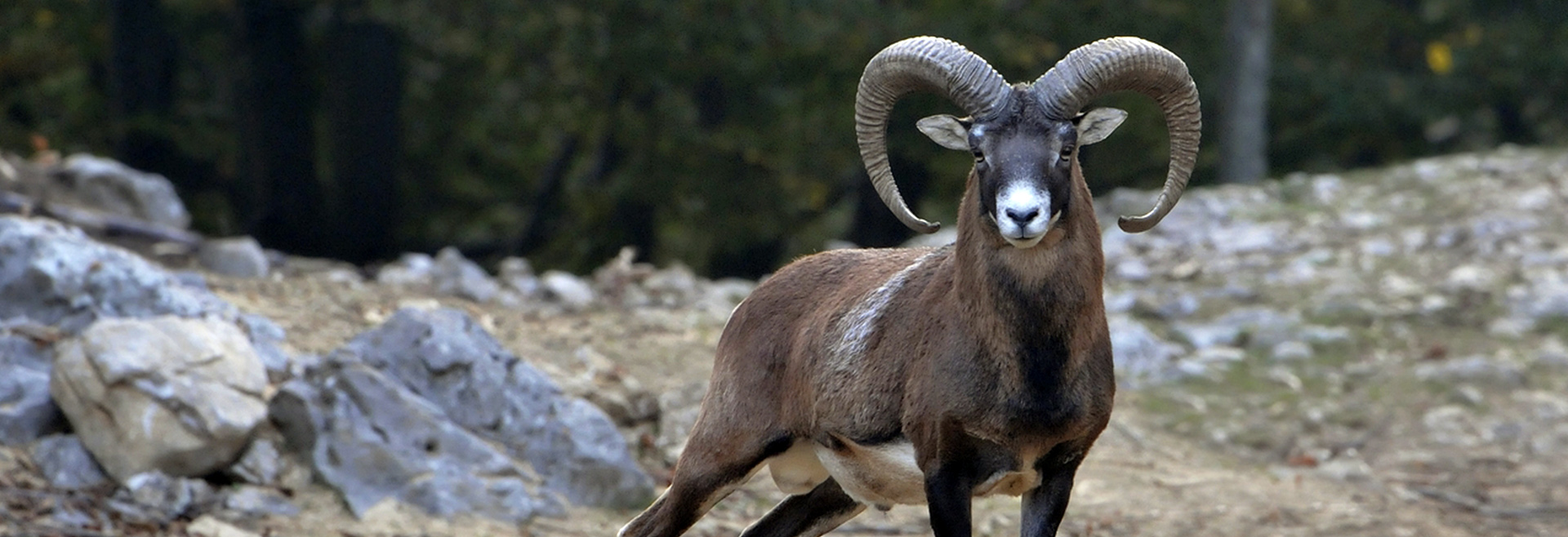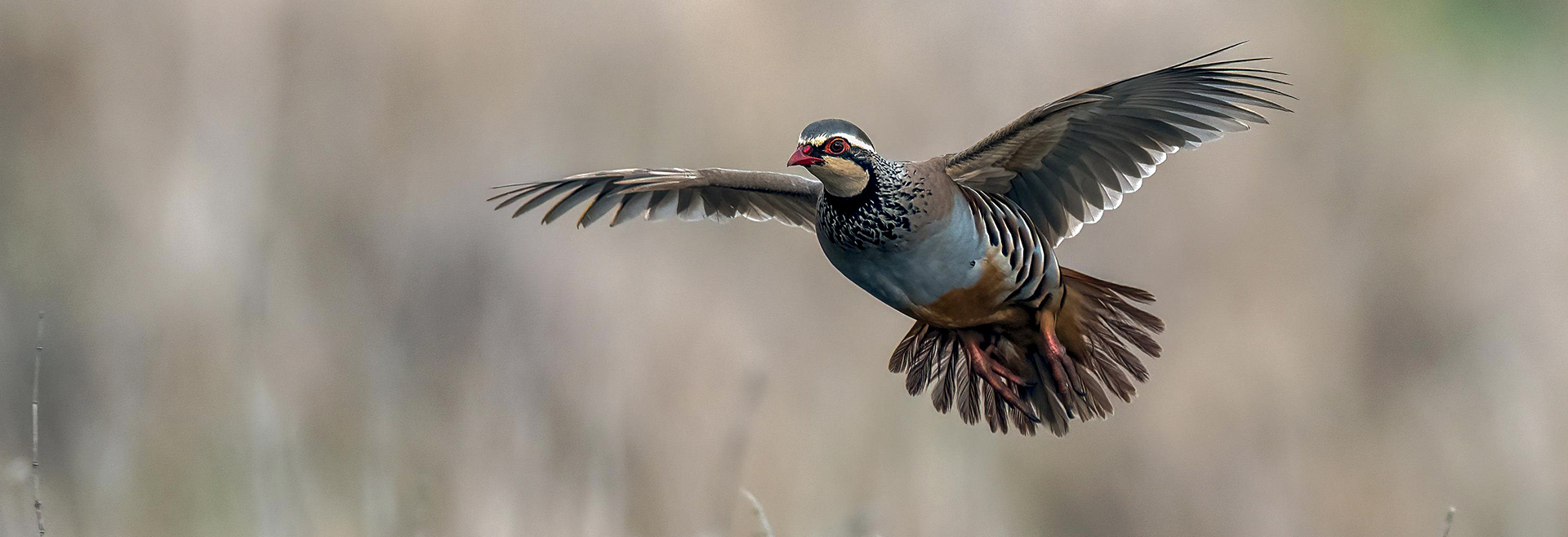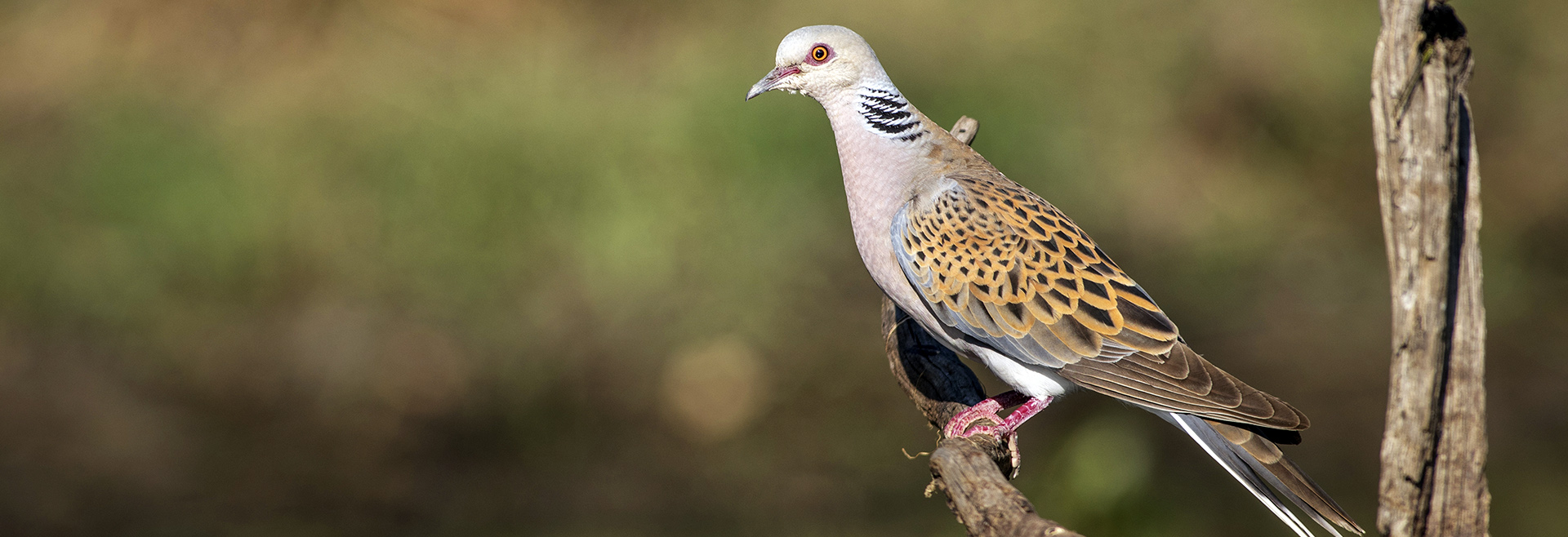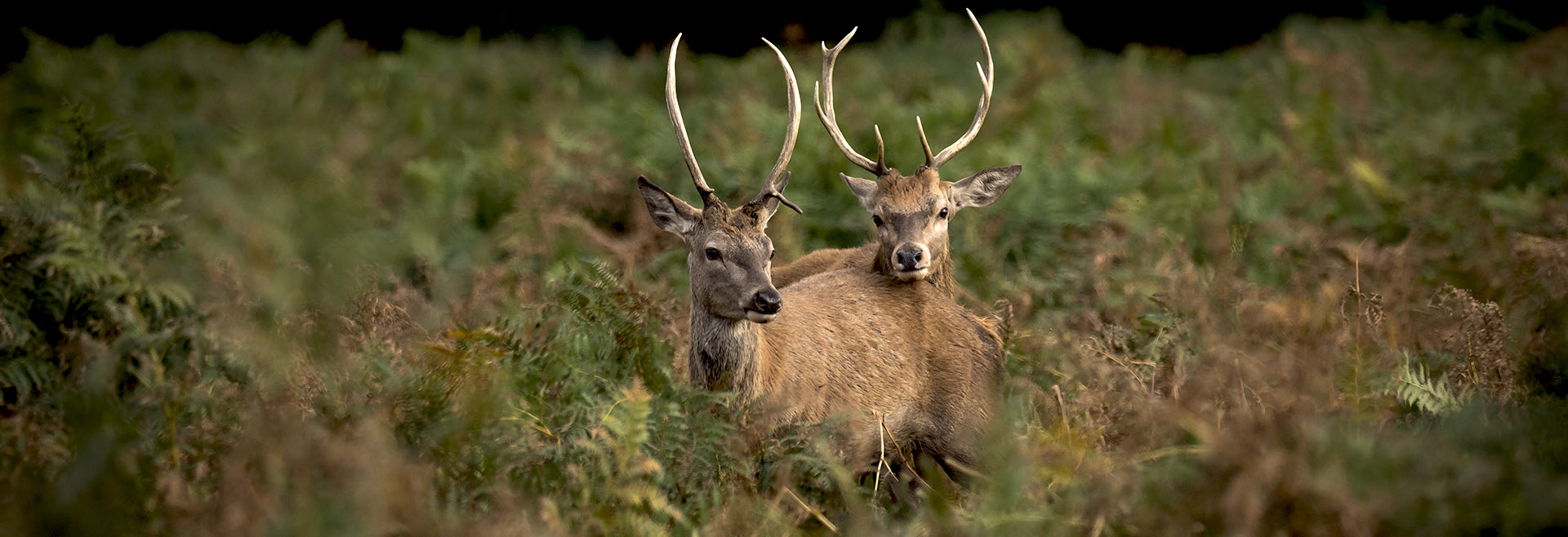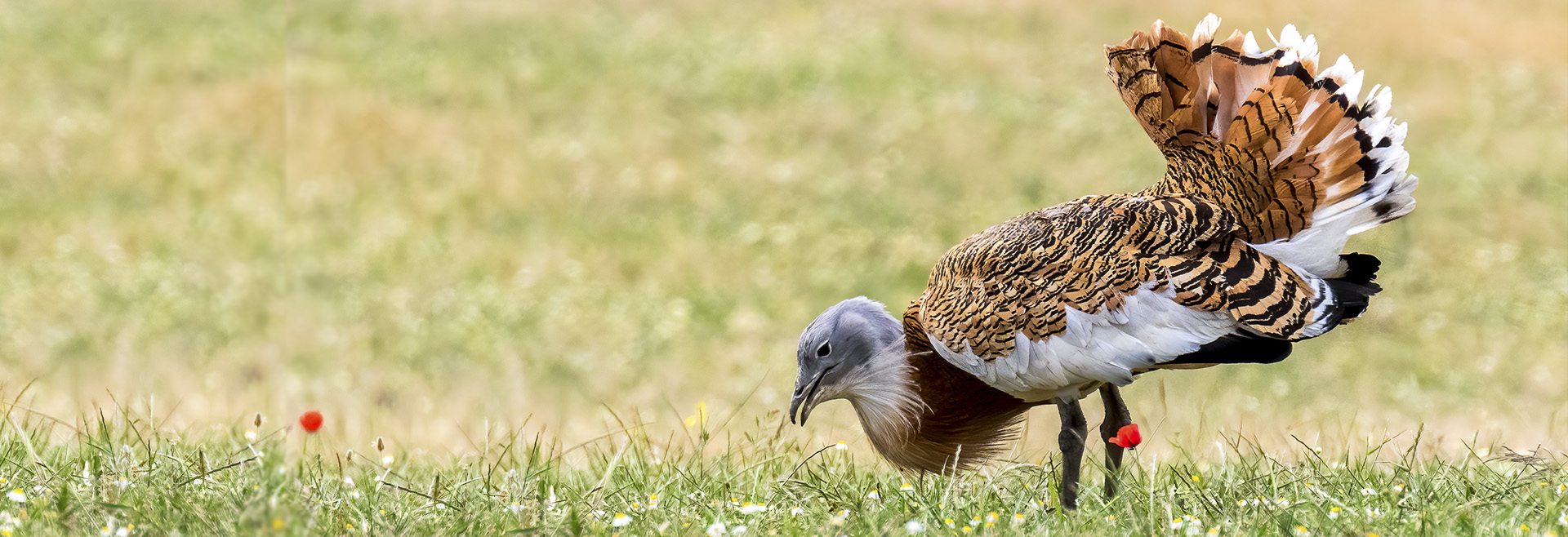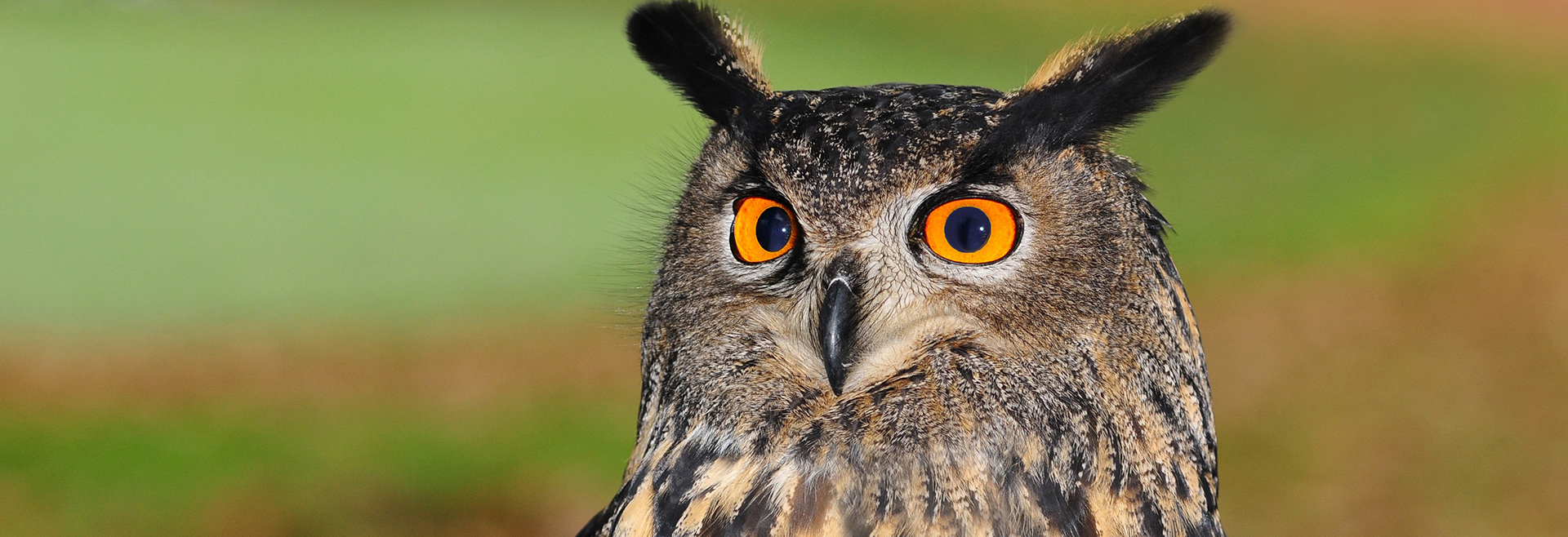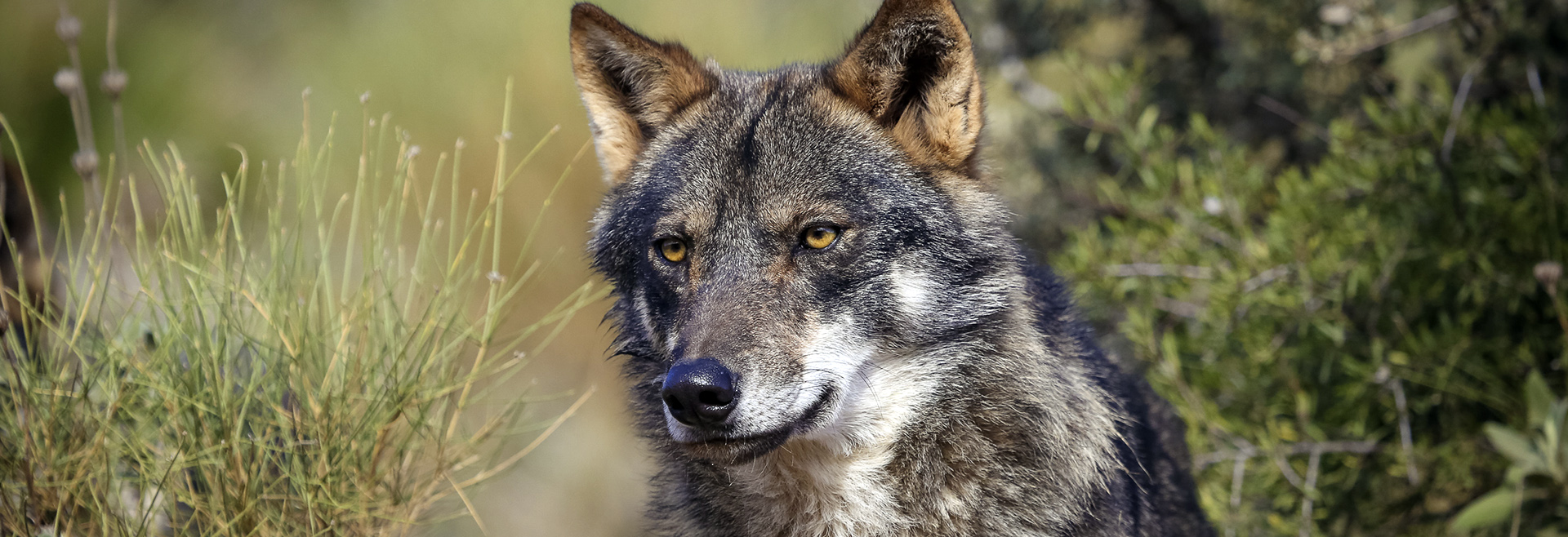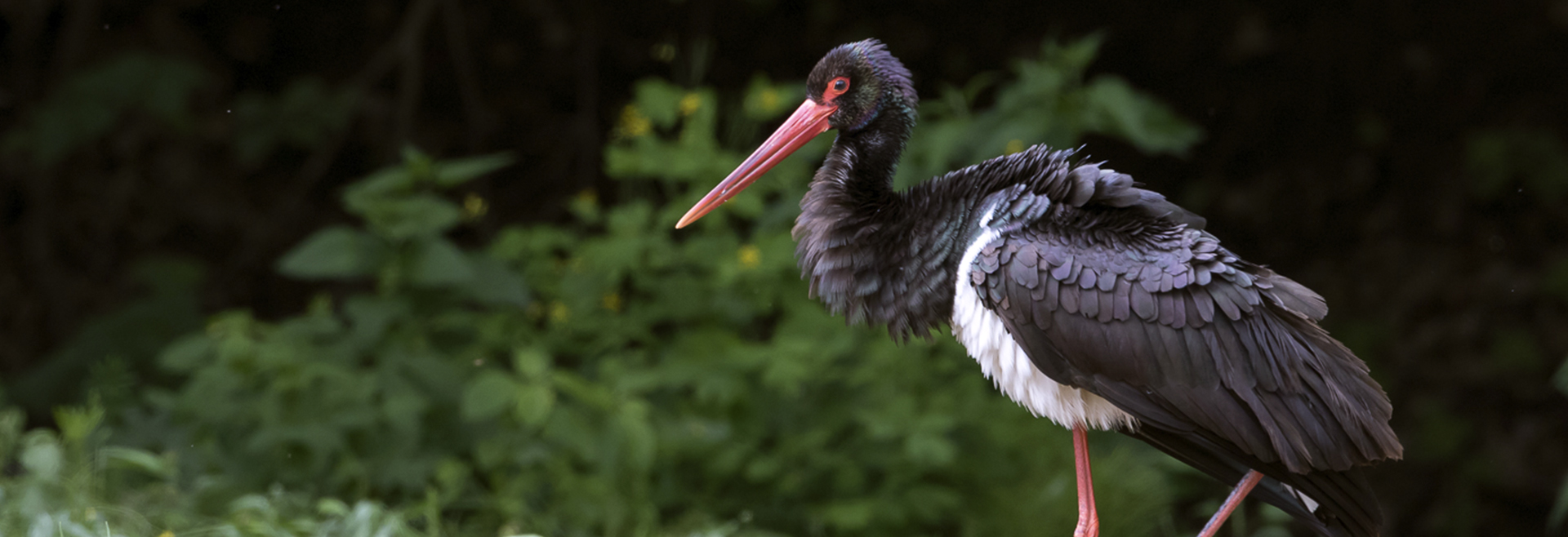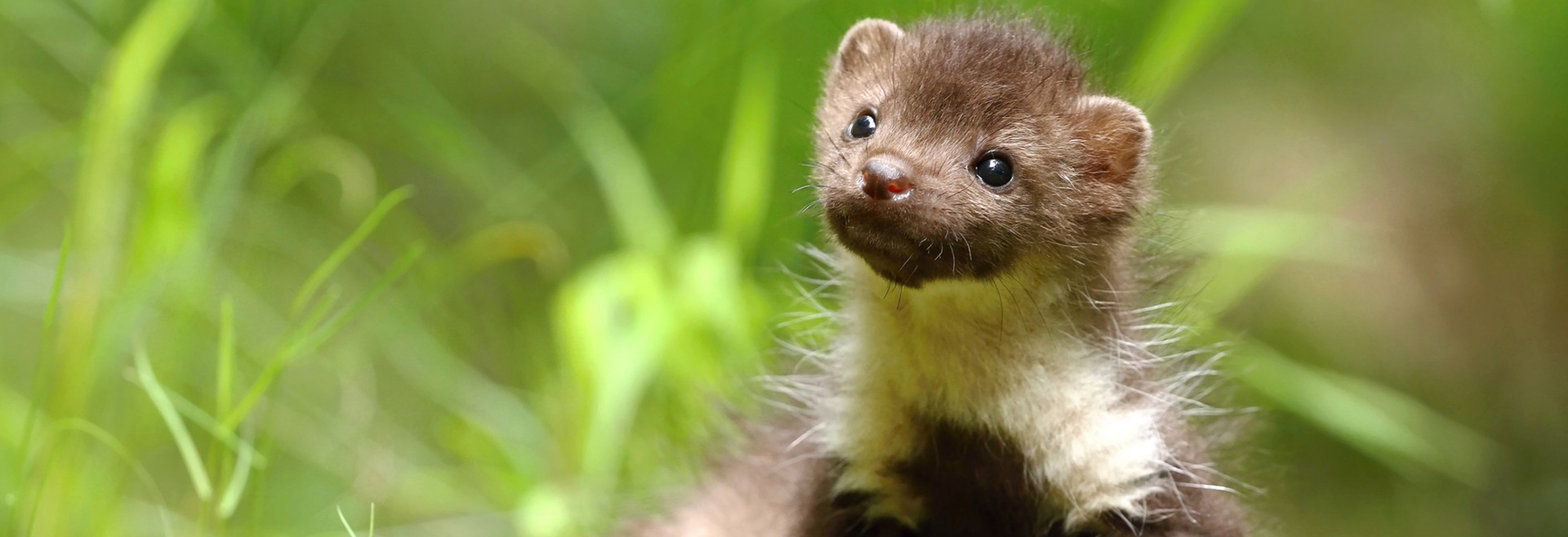Recombinant myxoma virus infection associated with high mortality in rabbit farming (Oryctolagus cuniculus)
-
Veja o artigo
-
RevistaTransboundary and Emerging Diseases
-
Volume e PáginasVolume 68, Issue4, Pages 2616-2621
Myxomatosis is an emergent disease in the Iberian hare, having been considered a rabbit disease for decades. Genome sequencing of the strains obtained from Iberian hares with myxomatosis showed these to be distinct from the classical ones that circulated in rabbits since the virus introduction in Europe, in 1952. The main genomic difference in this natural recombinant hare myxoma virus (ha-MYXV) is the presence of an additional 2.8 kb region disrupting the M009L gene and adding a set of genes homologous to the myxoma virus (MYXV) genes M060R, M061R, M064R, M065R and M066R originated in Poxviruses. After the emergence of this recombinant virus (ha-MYXV) in hares, in the summer of 2019, the ha-MYXV was not detected in rabbit surveys, suggesting an apparent species segregation with the MYXV classic strains persistently circulating in rabbits. Recently, a group of six unvaccinated European rabbits (Oryctolagus cuniculus cuniculus) from a backyard rabbitry in South Portugal developed signs of myxomatosis (anorexia, dyspnoea, oedema of eyelids, head, ears, external genitals and anus, and skin myxomas in the base of the ears). Five of them died within 24–48 hr of symptom onset. Molecular analysis revealed that only the recombinant MYXV was present. This is the first documented report of a recombinant hare myxoma virus in farm rabbits associated with high mortality, which increases the concern for the future of both the Iberian hare and wild rabbits and questions the safety of the rabbit industry. This highlights the urgent need to evaluate the efficacy of available vaccines against this new MYXV.
-
Palavras-chavecoelho bravo; rabbit; lebre Ibérica; Iberian hares; Oryctolagus cuniculus; Myxoma virus; Myxomatosis


